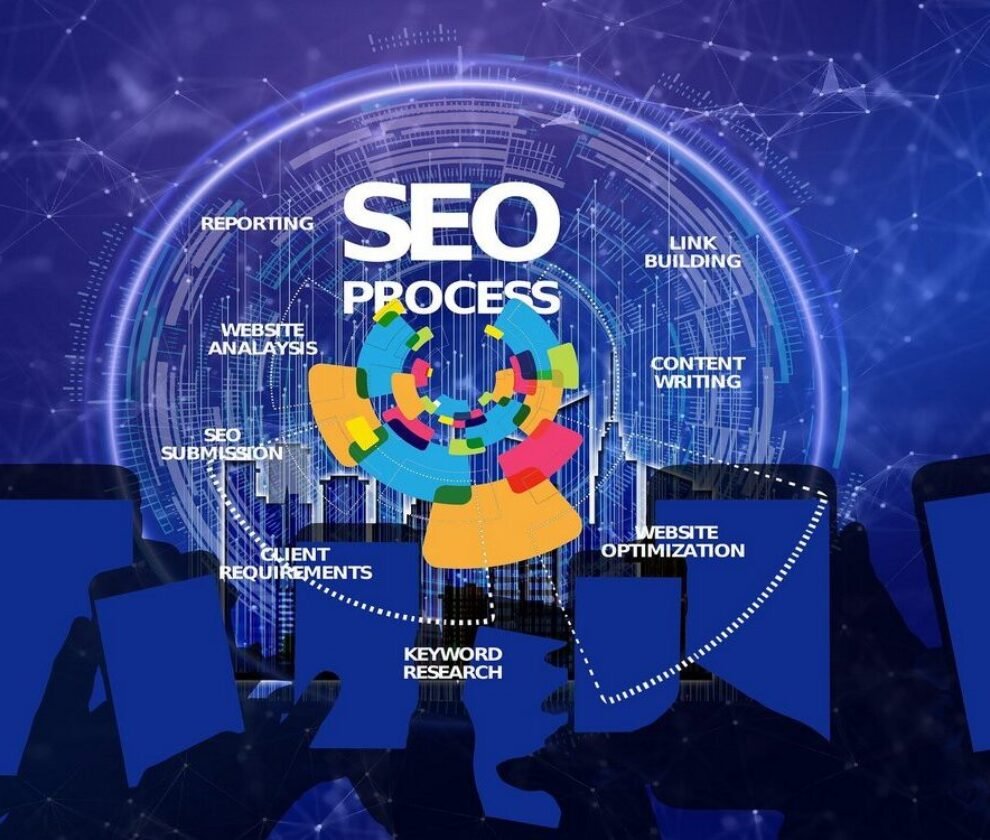Smarter Search Engines with AI
Search engines in 2026 are no longer just algorithms — they are intelligent systems powered by advanced AI. They interpret intent, personalize results, and even predict behavior. This evolution demands that content creators shift from mere keyword stuffing to delivering real value.
Search engines now prioritize user experience over raw keyword frequency. That means sites need to load faster, provide accessible navigation, and offer authoritative content. Additionally, structured data and semantic HTML are playing a bigger role in how search engines interpret pages.
Voice and visual search are expanding rapidly, and mobile-first indexing has become non-negotiable. If your website isn’t optimized for mobile, it’s invisible to half the web traffic. The future SEO strategy 2026 requires marketers to embrace AI tools that analyze behavioral data, track search trends, and even help write better content.
More than 80% of queries are conversational now, and generative search is reshaping what it means to “rank” — AI overviews often replace traditional top-ten results. That’s why snippets, structured data, and FAQ sections are crucial to visibility.
Invest in tools that offer AI-powered SEO audits, predictive analysis, and automated optimization. The future SEO strategy 2026 hinges on leveraging machine learning to deliver intent-rich, high-performing content.

Hyper-Personalization and Predictive SEO
In 2026, personalization has matured into a science. Search results are now curated based on location, past behavior, and even device type. Predictive SEO is the new frontier. Tools now help anticipate user needs before they even search.
Your website needs to understand not only what users are searching for but also why they’re searching. This behavioral insight is central to the future SEO strategy 2026, and content must be aligned with these micro-intents.
Dynamic content, customized landing pages, and targeted messaging based on real-time data define engagement success. Segmenting users and delivering tailored value is no longer optional—it’s expected.
Even your internal linking structure can be personalized now, adjusting based on previous visitor sessions. AI also aids in predictive topic modeling, helping you target emerging queries before your competition.
Adapt to these changes by integrating predictive SEO tools and CRM systems. This approach ensures that every visit is maximized, and bounce rates drop significantly.
Voice Search Optimization and Conversational Content
Voice search is no longer a trend—it’s the standard. With the growth of smart speakers and AI assistants, users speak their queries, often as questions. This shift requires content to be conversational and naturally phrased.
Traditional keywords are ineffective here. You must focus on long-tail, question-based phrases. “How to optimize for Google” has replaced “Google SEO tips.” Schema markup and featured snippets become essential tools.
The future SEO strategy 2026 insists on integrating content that directly answers these questions, often within the first 100 words. Structured FAQ blocks and conversational blog intros are key.
Additionally, voice searches are more likely to trigger local SEO. “Find a digital agency near me” or “best vegan café open now” are contextually-driven and require hyper-local optimization. Ensure your Google Business Profile is up-to-date, your reviews are strong, and your NAP (Name, Address, Phone) consistency is flawless.

Video SEO and Multimodal Content Ranking
Video content dominates SERPs now. In 2026, Google and other engines treat videos as primary content, often showing them before web pages. This shift means text-based SEO is no longer enough.
Your SEO efforts should now involve video transcripts, subtitles, and keyword-rich descriptions. AI tools can auto-generate these, but editing for quality is essential.
YouTube SEO, thumbnail optimization, and video schema must be part of your plan. Even TikTok and Instagram Reels are indexed by some engines now. Diversifying content formats gives you more surface area for discovery.
Multimodal content — combining text, audio, video, and interactive visuals — performs better across AI-powered SERPs. Use multimedia to boost time-on-site and reduce bounce rates. The future SEO strategy 2026 promotes rich content ecosystems that adapt to varied user preferences.
Ethics, Trust, and the Human Element
Despite all these advancements, human trust remains irreplaceable. Google’s E-E-A-T (Experience, Expertise, Authoritativeness, Trustworthiness) framework continues to be a ranking pillar.
Avoid misleading clickbait, AI-generated misinformation, and over-optimization. Ensure transparency, especially in AI-written content. Disclose sources and authorship clearly.
As AI evolves, so does scrutiny. Regulatory bodies now watch for algorithmic bias and digital manipulation. Aligning with ethical practices is both a legal and reputational necessity.
The future SEO strategy 2026 isn’t just about outperforming the algorithm—it’s about building genuine, long-term credibility.


